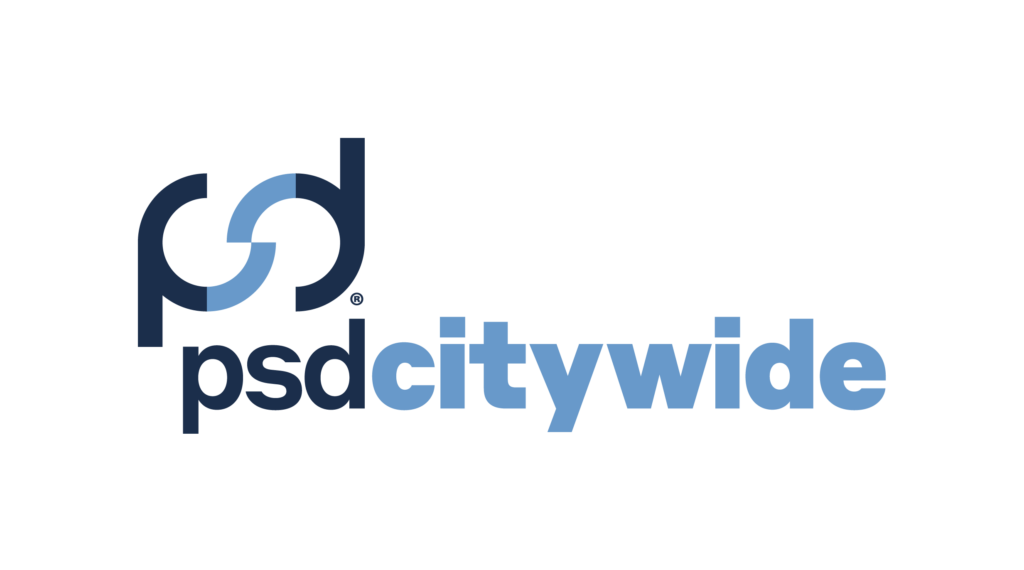Whether you’re managing public infrastructure, a university campus, parklands, or a utility network, managing assets is no small task. As infrastructure ages and budgets tighten, the demand for smarter, more proactive tools grows.
That’s where enterprise asset management software (EAM) comes in. But with so many options on the market, how do you choose the right platform?
In this post, we break down the core features every EAM system should include—and why they matter across diverse sectors.
What Is Enterprise Asset Management (EAM)?
Enterprise Asset Management (EAM) refers to the strategies, systems, and software organizations use to manage the full lifecycle of their physical assets—from acquisition and usage to maintenance and eventual replacement. These assets can include roads and bridges, water systems, campus buildings, vehicles, utilities, or natural infrastructure such as trails and parks.
Unlike basic inventory or maintenance systems, modern EAM software centralizes asset data across departments, supports real-time updates from the field, and enables both daily operations and long-term planning.
Organizations use EAM software to:
- Extend asset life and reduce lifecycle costs
- Align operations with service levels and regulations
- Prioritize resources based on condition and risk
- Support sustainability, growth, and climate resilience
Through integration with GIS software, permitting tools, and financial systems, EAM becomes the backbone of smarter, data-informed infrastructure management.
Core Features to Look for in Enterprise Asset Management Software
The best enterprise asset management systems go far beyond simple asset tracking. They support smarter planning, seamless collaboration, and informed decision-making across your entire organization. Below, we explore the key features every EAM platform should offer—and how they deliver value in real-world operations.
1. Why Is Real-Time Asset Tracking Crucial in an EAM System?
No matter your sector, asset data is only valuable if it’s accurate and current. Without real-time asset tracking, your team risks working with outdated information, which can lead to inefficient workflows, duplicated efforts, or missed maintenance.
Through integration with GIS software and mobile technologies, modern EAM platforms enable your staff to locate assets quickly, access condition details, and update records directly from the field or campus. This real-time visibility supports:
- Faster response times for maintenance or emergency repairs
- Improved coordination across teams and departments
- Better accuracy in inspections and regulatory reporting
- Consistency during staff transitions
For utilities managing networks, colleges overseeing campus buildings, or conservation groups tracking natural assets, real-time tracking creates a shared, up-to-date view that empowers smarter decisions every day.
2. How Do Predictive Maintenance Features Reduce Costs and Downtime?
Reactive maintenance is costly—whether it means unplanned water main repairs, unexpected HVAC breakdowns in university buildings, or trail closures in parks. Predictive maintenance changes this by using data analytics to forecast when assets need attention before failures occur.
Your EAM system can help you analyze historical maintenance records, asset age, and condition trends so you can:
- Minimize emergency repair expenses
- Extend the useful life of critical assets
- Reduce service disruptions to residents, students, or visitors
- Improve budgeting accuracy with forecasted maintenance needs
This forward-looking approach to maintenance ensures your organization allocates resources efficiently and keeps infrastructure operating smoothly across all your facilities and networks.
3. Which Reporting and Analytics Tools Should Every EAM Solution Include?
Collecting asset data is important, but being able to analyze and communicate it effectively is essential—no matter your organization’s size or mandate.
Your EAM software should include comprehensive reporting and analytics tools that allow you to:
- Customize dashboards for different users and departments
- Monitor asset condition and service levels against targets
- Prioritize assets based on risk and criticality
- Generate regulatory and stakeholder compliance documentation
Whether presenting to city councils, university boards, conservation authorities, or utility regulators, these insights help you tell a clear, data-driven story to justify investments and guide strategic decisions.
4. Why Does Integration with Other Business Systems Matter in EAM Software?
Asset management intersects with many other organizational functions—finance, permitting, maintenance management, environmental monitoring, and more. Your EAM solution should integrate seamlessly with other key systems to maximize efficiency and data accuracy.
Consider integrations with:
- Permitting software, to align approvals with asset updates
- Financial and ERP systems, for accurate budgeting and cost tracking
- Environmental or energy management platforms, to support sustainability goals
Integrated systems eliminate duplicate data entry, reduce errors, and create a holistic view of your infrastructure. This improves coordination between departments and supports your organization’s broader mission—whether that’s delivering municipal services, running a campus, managing natural resources, or operating utilities.
Final Thoughts on Choosing the Right EAM Platform
From real-time visibility to predictive maintenance and seamless system integration, the right enterprise asset management software can transform how your organization plans, operates, and invests in its infrastructure.
As infrastructure demands evolve and technology continues to advance, EAM software will play a central role in helping organizations plan for resilience, sustainability, and data-informed service delivery.
At PSD Citywide, we help clients across the public sector—from municipalities and universities to parks and utilities—optimize asset performance and make data-driven decisions with confidence.
Want to learn more? Connect with our team to explore how Citywide EAM software can support your unique goals.
About the Author
Matthew Dawe
Matthew Dawe is the Founder and Chief Executive Officer of PSD Citywide. As CEO, he is responsible for business operations, people, and technology at each level of the company. Matthew is focused on ensuring sustainable service delivery and the development of advanced and differentiated asset management, budgeting, and GIS solutions for public sector clients. Matthew is formerly the Board Chair for the Canadian Network of Asset Managers (CNAM).



